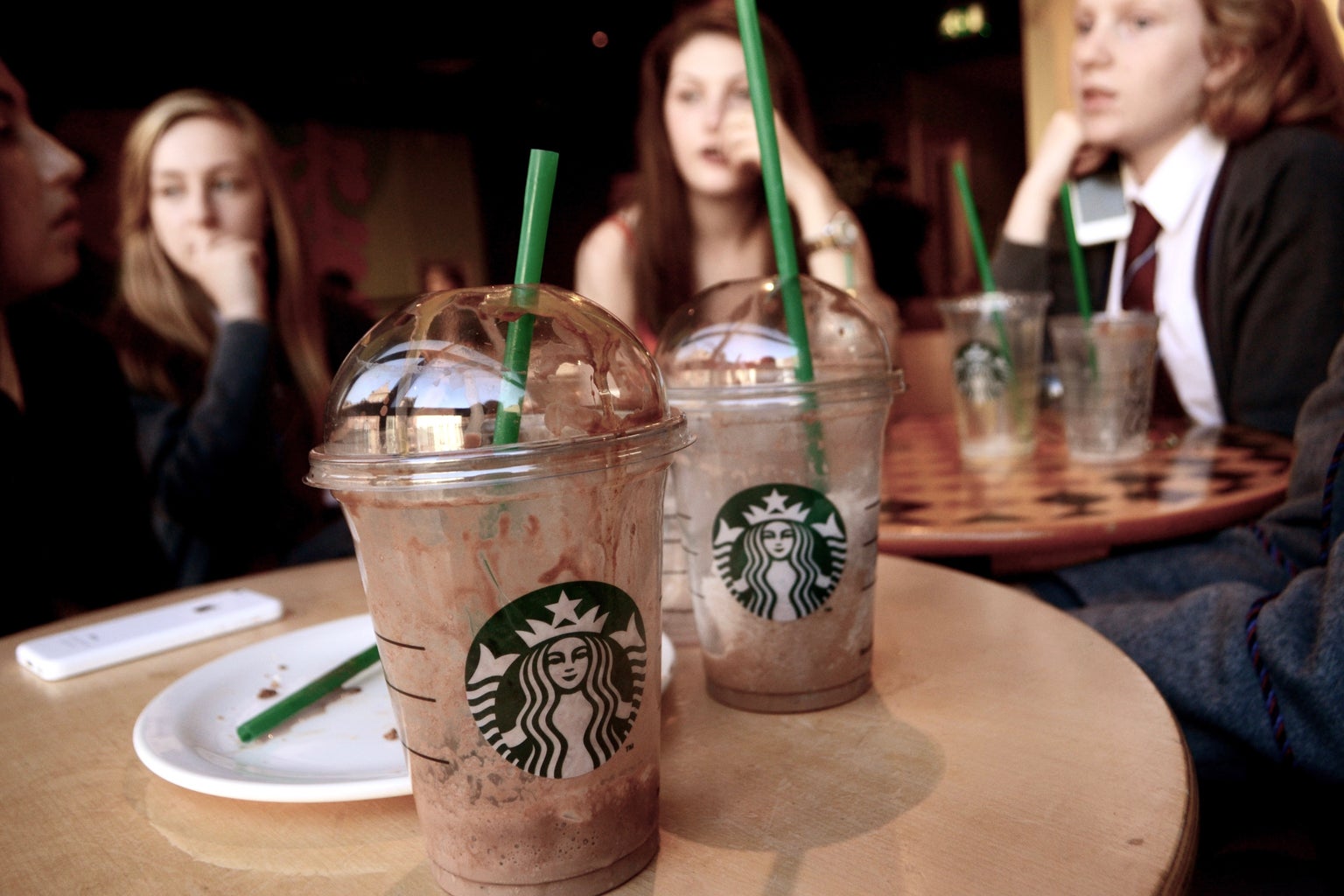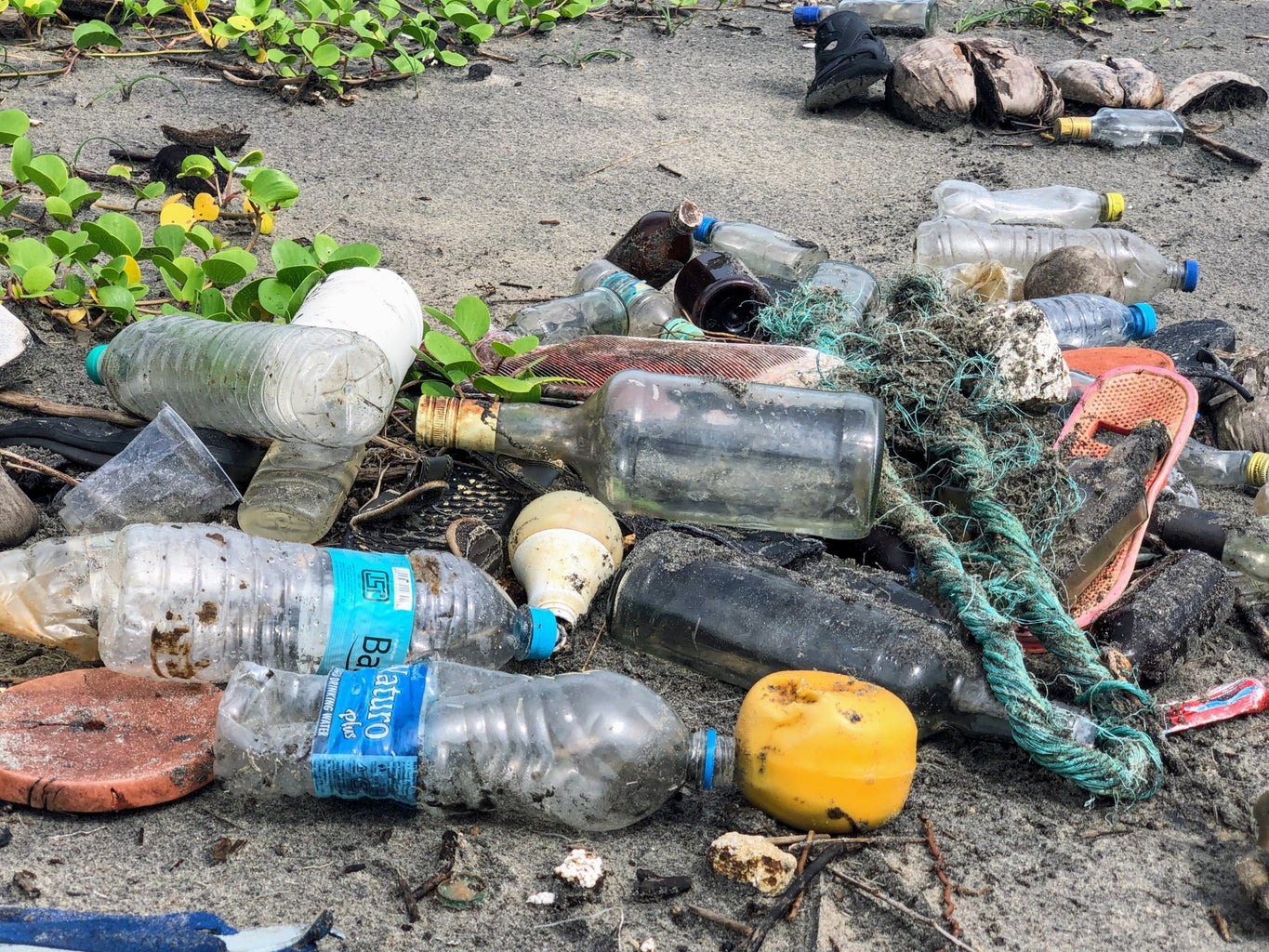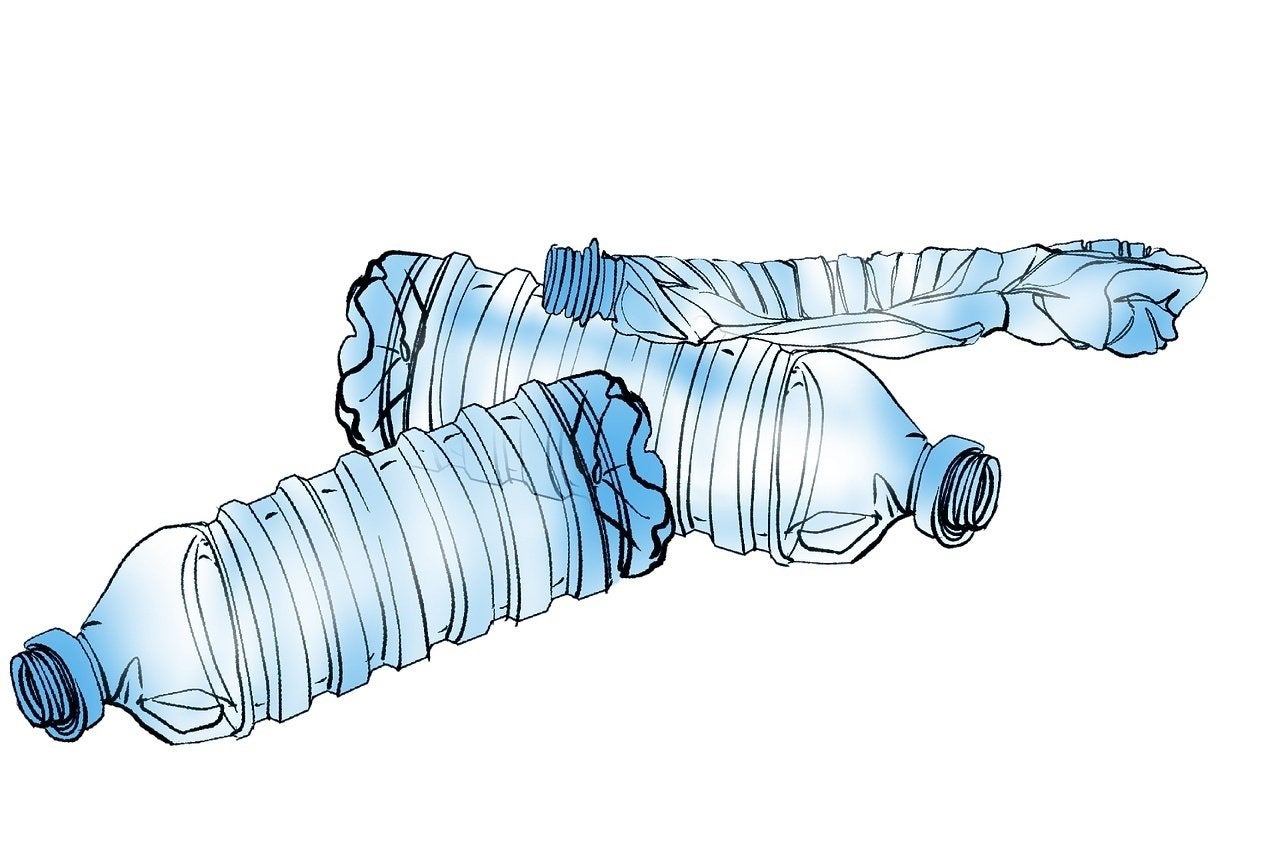“…them [plastics] turned out to be red flags and toxic, but you don’t have to be, right? Show them who’s the boss😎”
From dinnerware, baking molds, to silicone makeup blenders, and whatnot, if you were to dissect anything nowadays, high chances that with all its razzmatazz it’d turn out to be plastic!
Not that humans were always fond of plastic—it didn’t even exist 2 centuries back. But upon seeing how it sticks around even when everything’s left the planet, we were hell-bent on using it. Just kidding! It’s just how good plastics are to thrive. They ‘mold’ into our realities and are a ‘cheap’ & ‘flexible’ fix to most of our needs. They ‘wrap’ up our ease in a neat package, giving us seemingly, a “plastically perfect” world. But it’s just as good as those plastic smiles people give. Want to know the real side? Just flip your plastic bottle upside down, and voilà! You got what you need to see & hear about—a triangular-shaped symbol ♻️. You might have seen it before, but it’s not just to decorate your plastic piece. It although is a universal symbol to demonstrate recyclability and other things, what’s more important is the number 🔢 it incorporates within it. THAT number literally affects you and the planet. It’s called a resin identification code (RIC). It tells you its secret ingredients, basically polymers, that you need to know! It tells you for how long your plastic piece will ‘stick around’ or how recyclable it is, and if it’s healthy for you to use it as containers or whatever, or not. What seems like a small number literally dictates the future of everyone.
But how many numbers are there?
Just as many days are there in a week: S-E-V-E-N.
But is the plastic with a greater number better than one with a smaller number, or the vice-versa? “And the answer, the answer is NO.”
Let’s dive into each one and decide what’s good for you.
1. PET or PETE (Polyethylene Terephthalate)
Ironic to how it sounds, you can’t really ‘pet’ them LOL. They’re better off as a one-time wonder. With more usage, they degrade & bring bacteria 🦠 and other pathogens. You’d find these plastics getting used for purposes like storing soft drinks, food packaging, etc. They’re swift to recycle too.
2. HDPE (High-Density Polyethylene)
Well, this is the MVP in the team of plastics. You can befriend them. Why, you ask? Because they ain’t toxic like others! These plastics won’t leach chemicals into your drinks and food when stored. You can find them in milk jugs, detergent bottles, and juice containers. They’re resistant to gas & moisture. Enjoy!
Well, so far so good. Now comes the baddie (unironically).
3. PVC (Polyvinyl Chloride)
Yes! Used for plumbing pipes generally, you can find them in stretch wraps and blister packaging. Recyclability is an issue with this one, and it has environmental and health concerns owing to the chemicals that are used in its production as well as disposal. They leach harmful chemicals like phthalates when exposed to heat. Another good reason why you should never drink from a PVC water supply line.
“There is no such thing as ‘away.’ When you throw something away, it must go somewhere.”
Annie Leonard (environmentalist and founder of The Story of Stuff Project)
4. LDPE (Low-Density Polyethylene)
This is your sidekick literally, a clingy friend you don’t really mind having around. It’s ‘flex‘-ible, squeezable, stretchy, easily sealed, and so chill for the time being. They’re not very hard and sturdy, so you can find them in flexible container lids, squeezable sachets and bottles, cling films, food wraps, etc. Use them just in cases where there’s contact with food only for a while, and not for prolonged storage!
Meet our cutie now.
5. PP (Polypropylene)
Don’t take it lightly. It has high melting points, so you know, right? Put them in microwaves or take a sip of coffee! This overachiever will handle it all—from your hot beverages to your fresh-out-of-the-oven food. Slayyy! Only that it’s a bit less recyclable than HDPE and PET, it can be reused for different purposes.
PS. Ah! No Post Scriptum. We’re here talking about:
6. PS (Polystyrene)
‘Tis the antagonist in our story. Why? Whoops! They’re toxic in nature. Also carcinogenic! Because, unlike PP (#5), PS leaches styrene when it’s hot in there. Don’t drink anything hot & warm in all those foam-form (Styrofoam) disposables, please! Also, they’re like PETE, in the sense that these are also a one-and-done deal, so use & throw (responsibly, as these ones are literally bad for environment—especially seas & oceans!).
7. Other
Well, this seventh category is the quintessential example of the adage, ‘if you can’t find your place, make your own‘ LOL. These plastics were produced in limited amounts at the time when the resin identification codes were set. Henceforth, their recyclability was less as compared to the rest. The plastics in this category can diversely range from nylon, acrylic, to something that’s iffy like polycarbonates which can contain BPA that you surely wouldn’t want in your foods & drinks. This category is all random and surprising, so you never really know what you’re getting.

Well, that being said, it has been found that industry-funded reports & studies on the use and aftereffects of the use of plastics often incorporate corporate bias and make the facts in such research bend like contortionists. Whereas, true-to-reality and government-funded studies have been shown to draw conclusions that suggest concerns for the health and well-being of living organisms & the Earth alike. All in all, it’s better to avoid plastics as much as possible while you can!
Now that you have familiarized yourself a bit with this seemingly ‘plastically perfect’ world, sure, some of them turned out to be red flags and toxic, but you don’t have to be, right? Show them who’s the boss—opt for the ones that are healthy and sustainable, both for the environment and for yourself. ♡
Visit Deepak S. Sikarwar to catch my latest columns at HCMUJ.
For more, head over to Her Campus at MUJ.



